Rightfully TestRail can be called a veteran solution in working with test documentation. It has been on the market since 2008 and is a product of the German company Gurock Software. To some extent, Testrail became a prototype of software for test case creation and statistical data collection.
This program is taught in most tester training courses, and it does its job successfully, despite a large number of competitors now. That’s exactly what I want to talk about now.
In their work testers are required to face plenty of test documentation environments, which are all ideally designed to facilitate the structuring of tests and statistics. For managers and management, it is an assessment of risks, project performance, and the team as a whole. In some cases, management even finds it too troublesome to mess with statistics.
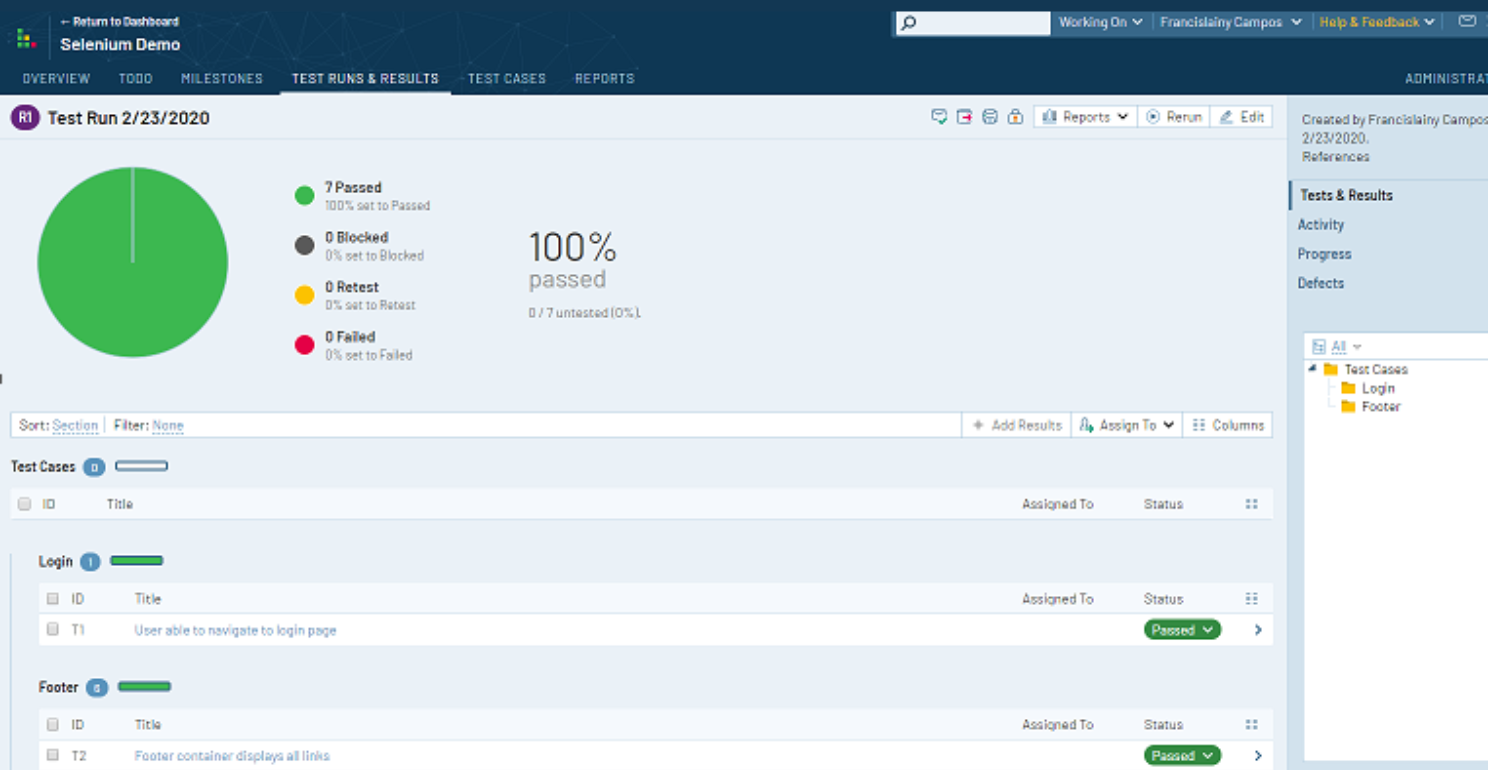
However, this becomes a relatively easy task to perform on a regular basis, should they choose Testomat/TestRail as their primary instrument.
Recently, I took a look at testomat.io. Before that, I worked with TestRail only, which enables me to highlight major differences between these two.
(1) Testomat has an excellent – with focus on productivity interface. For each environment it is individual, and everyone has their tastes, but in my opinion, this is quite comfortable. At first, as everywhere, Testomat proposes that choosing a project here is nothing new. But the next step is to show the sidebar with all the main features and by default an open page with all the test suites of the project.

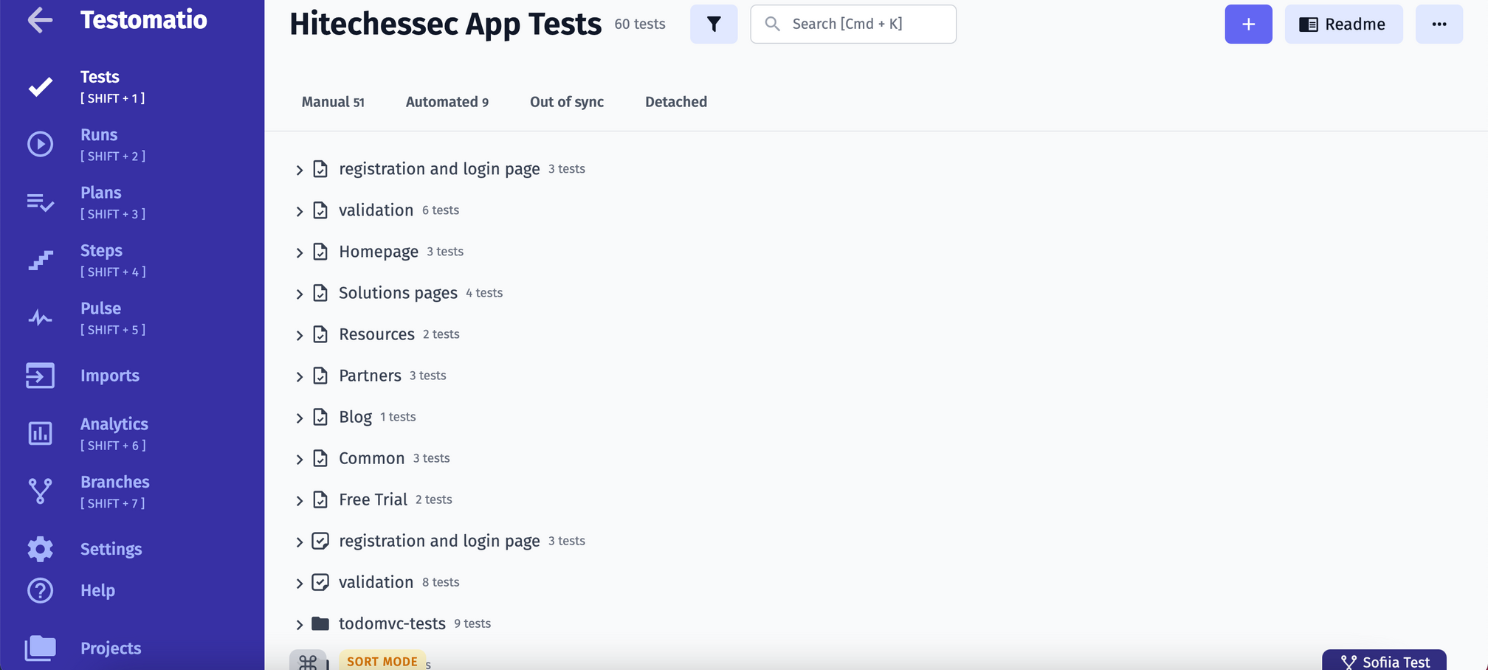
(2) . Testomat has a unique function: the archive of all steps for the test cases. It is created because of a common need to do similar and sometimes even identical cases repeatedly. Unlike testrail where you need to use simple copying.
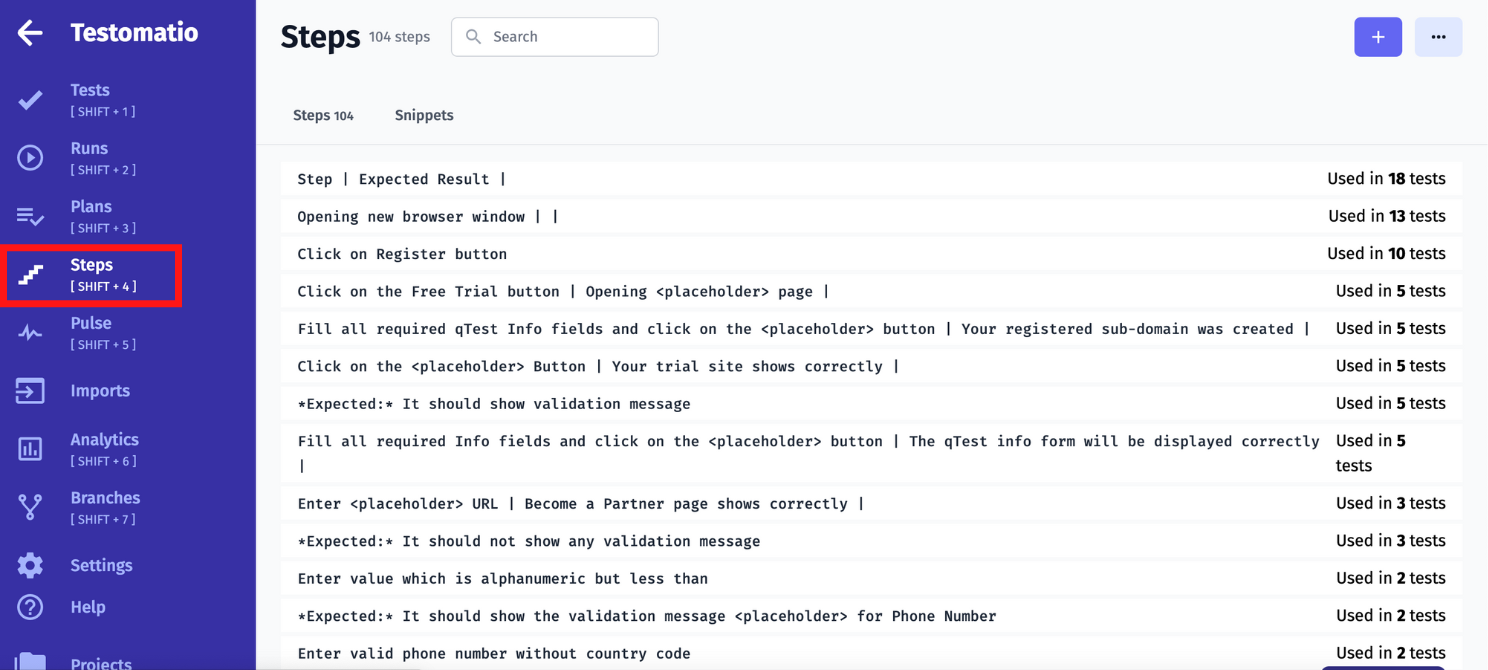
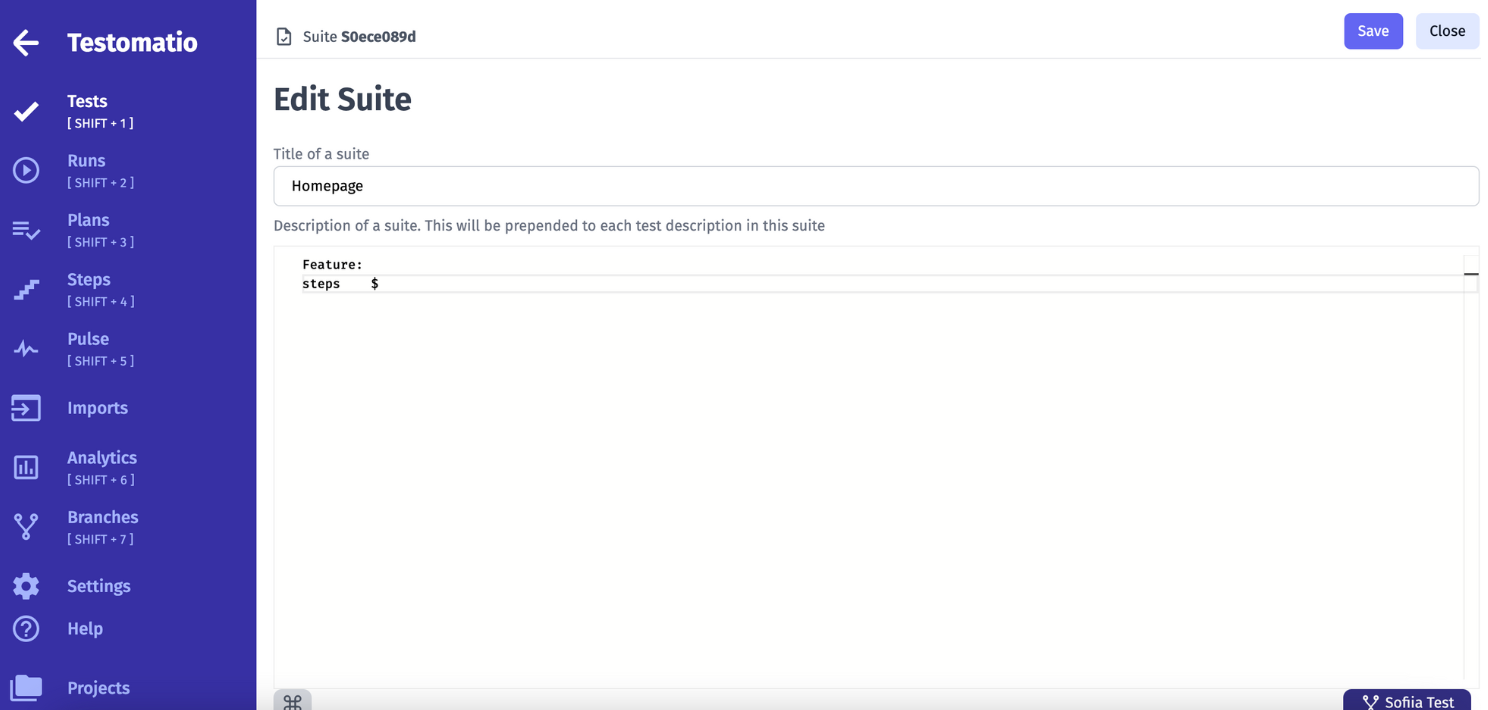
Just start writing the steps, and you will be offered options from all the previous entries in the project.
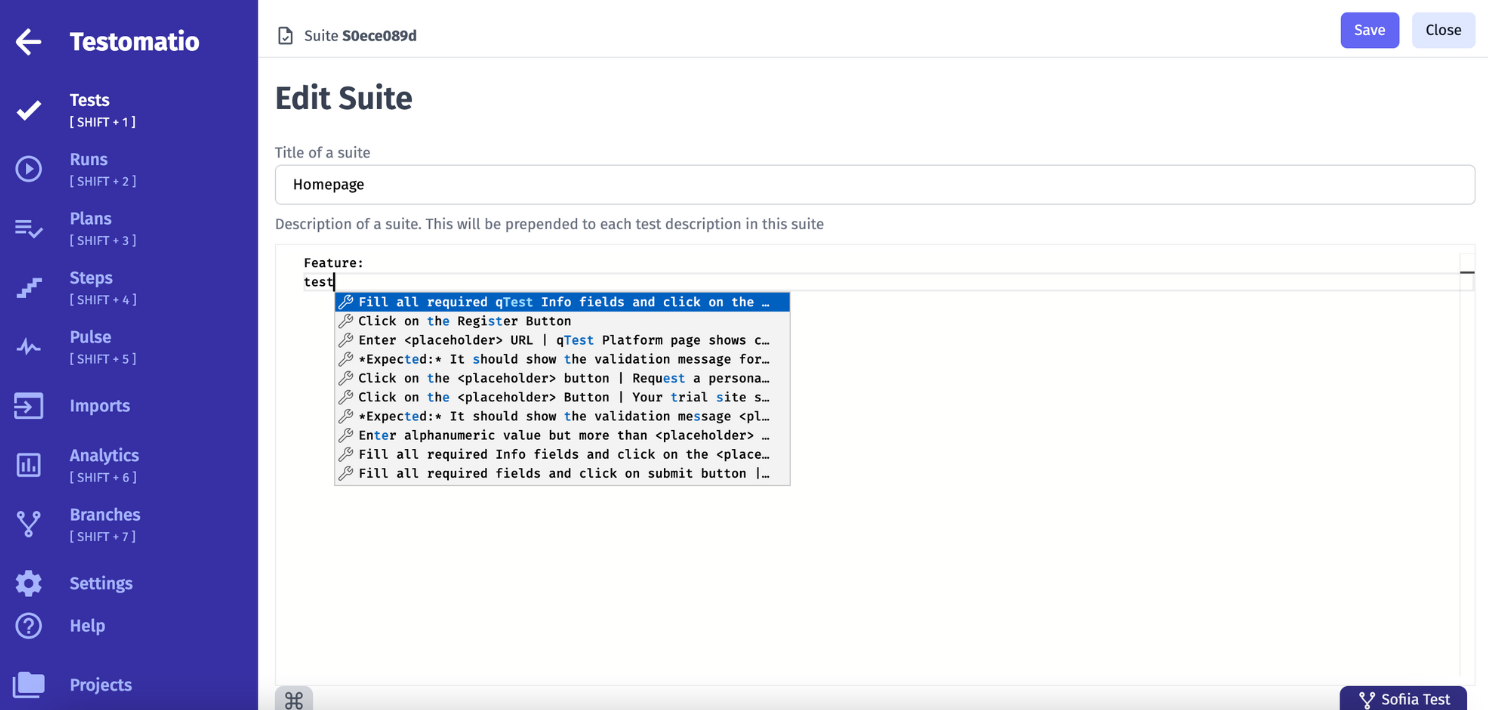
(3). The next thing, which was somewhat new to me as a manual tester, was the availability of tags. Thus, each test case can be accessed by a certain tag in testomat. The standard categorization by priorities is also applicable, but you can combine test runs with a greater variety of tests than in testrail.
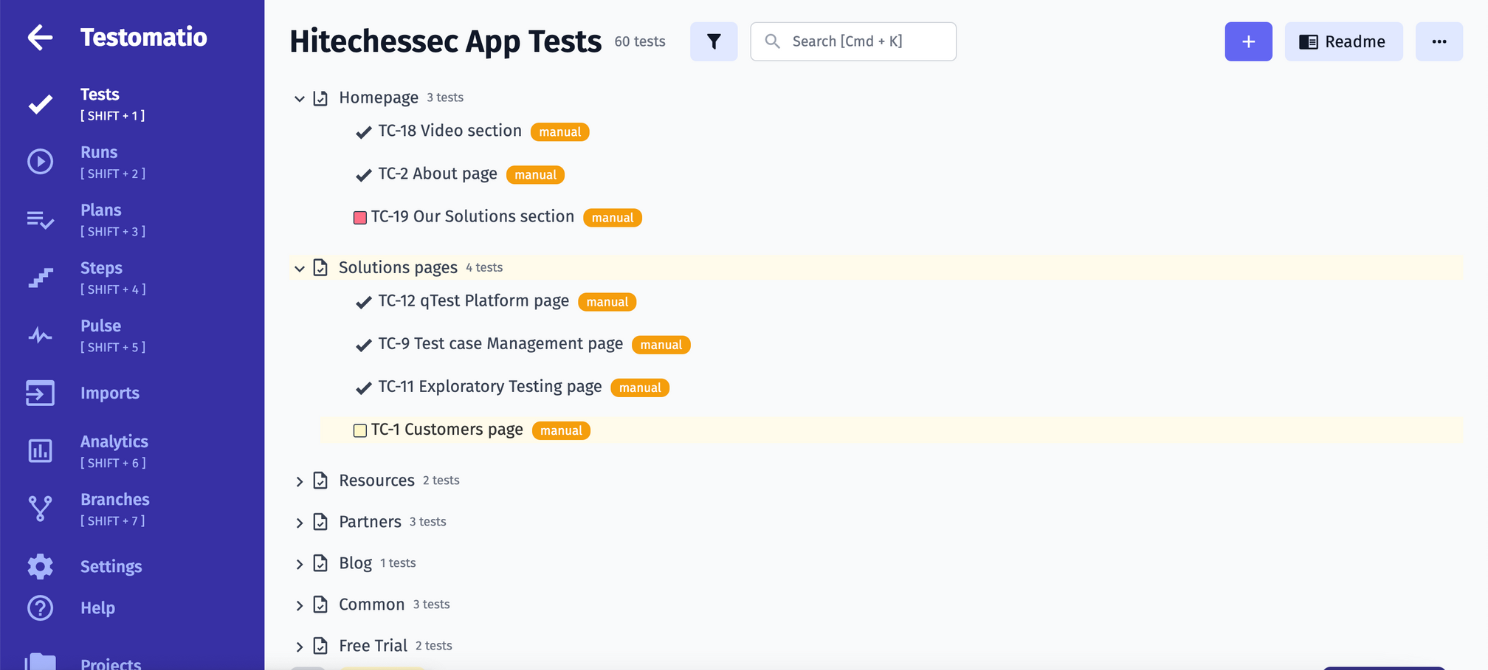
(4). Testomat has something similar to the functionality of the git, there are also branches and versions. And since the testomat environment for auto-tests is understandable, the huge advantage is that the same works/goes for manual testing.
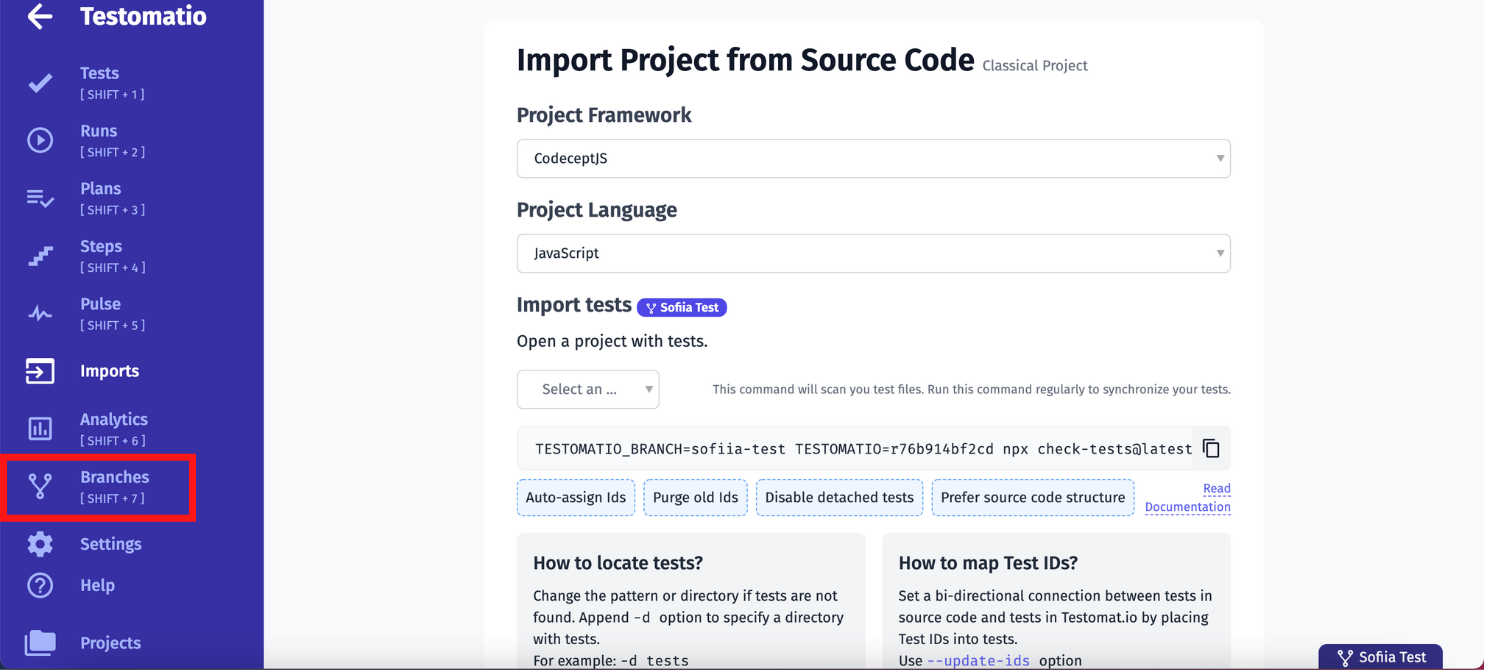
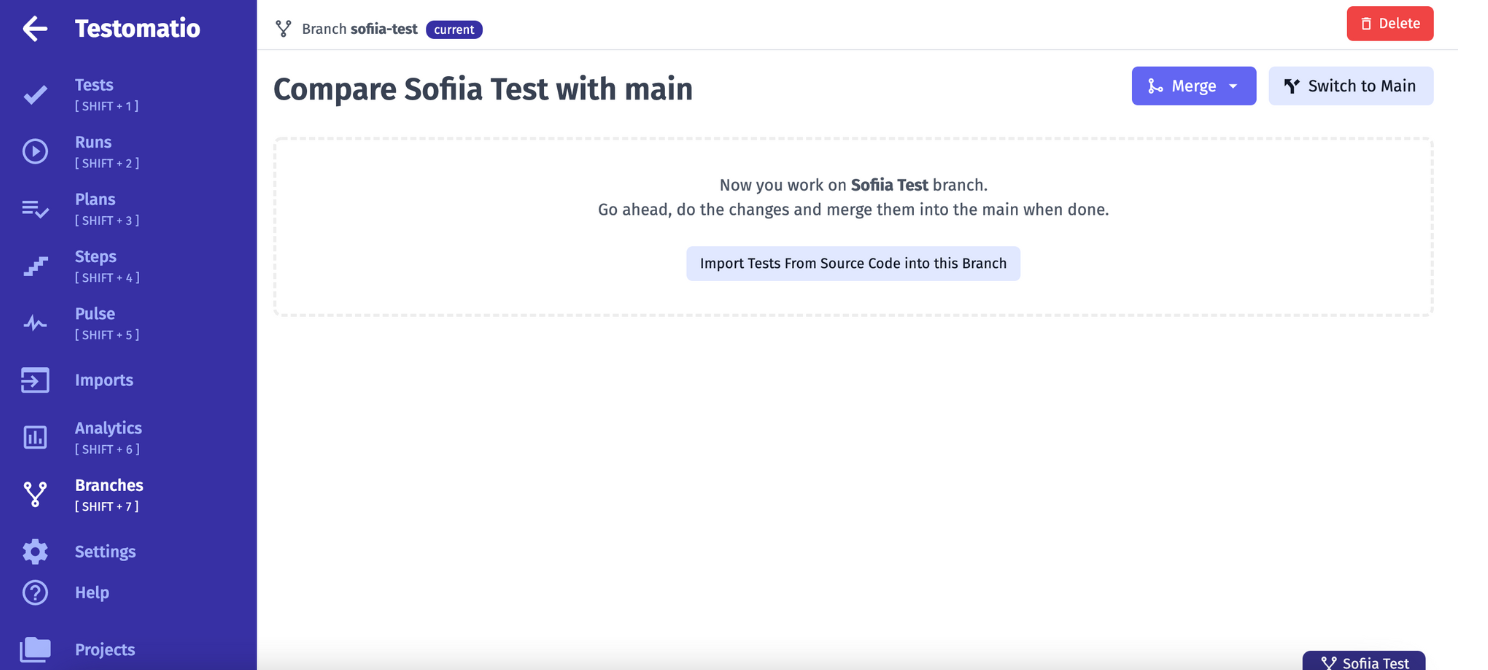
It is irreplaceable for large companies, where multiple testers can simultaneously work on the project, and edit test cases, without, for example, interfering with each other.
(5) Since we can work in testomat into different branches, monitoring the version is required. Everything is simple here – you can track all the changes of each test case or test suite, and return the system on the principle of a dump to the particular version (state), if necessary.
(6) The last but not the least thing I want to highlight in testomat. Io is the automatic duplication of cases for their passage in different environments – you can take tests at once(like it is shown in the screenshot) or in turn.
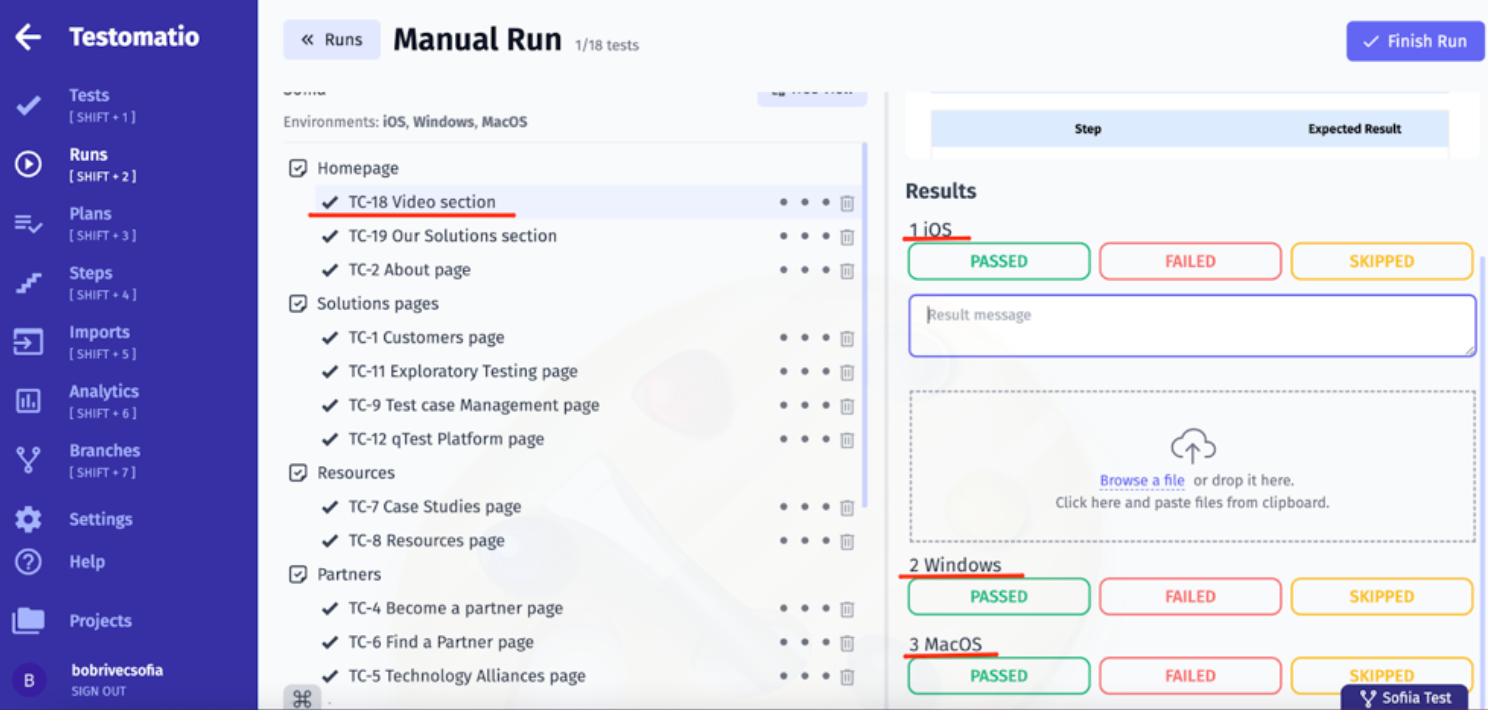
Testomatio saves priceless time when copying information because we can often avoid unnecessary writing. Whereas testrail is familiar and comfortable, many testers, including me, do not ignore the newer testomat.io, as the comfort of our work process depends on speed, quality and overall efficiency. Although Testomat.io is positioned mainly as an environment for auto-tests, it covers for most functionality issues for manual tests, as well.







